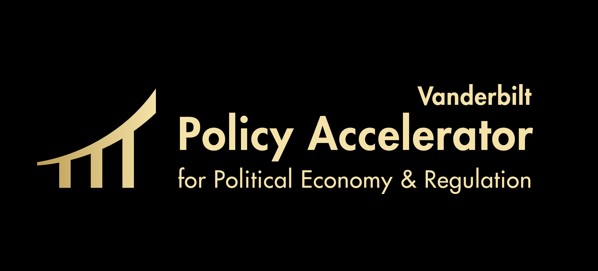A consumer at a jewelry store purchases a watch for $500, the highest price they were willing to pay for it. Moments later, someone else enters the store and offers the consumer $750 for the watch on a take it or leave it basis.
It stands to reason that the consumer would accept the offer – $750 is 50% more than they were willing to pay for the watch in the first place. Any economist would predict that the consumer would accept the offer every time. But this time, they don’t.
Hundreds of studies have demonstrated that many people in similar situations refuse such an exchange, even when the magnitude of difference between one’s maximum buy price and minimum sell price is larger than in the example above. It’s as if ownership alone, independent of increased knowledge or sentimentality about something just bought, is more valuable to us than we ourselves expect. It’s a phenomenon known as the Endowment Effect, a cognitive bias human beings exhibit which flies in the face of rational behavior (in the economic, or outcome-driven, sense) that informs the legal, social, and economic policies on which society depends.
“The endowment effect is thought to cause serious inefficiencies in real-world transactions,” explained Owen Jones, Professor of Law and the Glenn M. Weaver, M.D. and Mary Ellen Weaver Chair in Law, Brain, and Behavior at Vanderbilt Law School, “because it can impede the economic flow of not only goods and real property, but also intellectual property, employment, legal rights and other things we value and buy.”
Many researchers initially sought to understand cognitive biases like the Endowment Effect through the model of rational choice theory, which stipulates that people use self-interest to make choices that will provide them with the greatest benefit. But this approach yielded limited results, because it was far easier to document variations in the size of the effect than it was to explain and predict the variance. That’s when some researchers, including Jones, began to consider the role that time may have to play. It formed the core notion of a theory that might not only help us understand the endowment effect, but also connect together a wide set of cognitive biases that were previously considered independent of one another.
“It struck me that cognitive biases were, in essence, like familiar dietary biases,” said Jones. “Our brain prompts us to irrationally overindulge in sweets and fats today because high-calorie foods used to be scarce. I supposed that the brain leans us in the same way toward cognitive biases that used to be valuable in deep ancestral environments but became irrational in modern ones. After the 2001 theory paper, I wanted to put my money where my mouth was and test this idea scientifically.”
Over the course of 20 years, Jones and colleagues from Georgia State, Vanderbilt, Baylor, and elsewhere engaged in a series of studies that demonstrate how the Endowment Effect – as but one example – is not a random, present-day, cognitive quirk, but most likely an evolved inclination that provided advantages in pre-modern times. The paper “Using an evolutionary approach to improve predictive ability in the social sciences: property, the endowment effect, and law”, co-authored by Jones and Sarah Brosnan, Distinguished University Professor of Psychology, Philosophy and Neuroscience at Georgia State, details the trajectory of research that helped Jones, Brosnan, and colleagues advance not just our understanding of the Endowment Effect, but also the impact that an evolutionary approach can have on future research into human behavior.
The paper chronicles research that initially began with primates engaging in trade-based scenarios and concluded with the creation of a tool to measure “evolutionary salience,” one that can help researchers predict the magnitude of the endowment effect in humans across a variety of items.
“Sarah and I were able to map out and then test a series of step-wise predictions that no other theory predicts. At every step, whether with chimpanzees or humans, the experimental data exceeded our expectations,” said Jones. “We could even, with chimpanzees, turn the endowment effect on or off for the very same object.”
In the capstone study – that the two conducted with Dan Levin of Vanderbilt and Chris Jaeger at Baylor – the team was able to predict 52% of the variance in the magnitude of the effect in humans, for a novel set of items, when no other theory had successfully predicted any of the variance at all.
“Frankly, we would have been thrilled to achieve 15%,” Jones said.
Jones and his fellow researchers hope their findings help researchers understand and predict the impact of the endowment effect – and, with future research, other biases – in ways that could affect policy-making decisions.
On a broader scale, they hope their 20-year undertaking has demonstrated the value of taking an evolutionary approach to the study of human behavior and psychology. “We believe this serves as a testament to the power of integrating evolutionary perspectives generally, and to the concrete utility in doing so,” the authors wrote.
Using an evolutionary approach to improve predictive ability in the social sciences: property, the endowment effect, and law was published by Evolution and Human Behavior and is available by clicking here.
Sarah F. Brosnan was funded during the writing of this manuscript by NSF grants BCS 2127375, SES 1919305 and SES 1658867. Owen D. Jones acknowledges support from the Weaver Family Program in Law, Brain Sciences, and Behavior.
